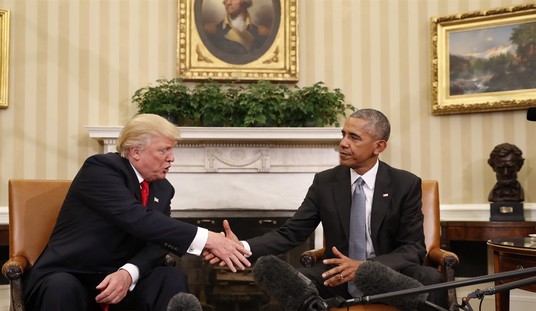Terrific article in Politico Magazine detailing the tax breaks and other goodies the US taxpayer is giving away to the National Football League.
Writer Patrick Hruby sums it up this way: The NFL is a “quasi-public organization that games the system by privatizing profit and socializing risk. A semi-ward of the state.” The league spends millions every year hiring high-powered lobbyists to keep the taxpayer gravy coming, while lying to Congress about the risk of brain injury and milking the treasuries of state and local government back home.
How about taxpayer funded stadiums?
Reuben Fischer-Baum of Deadspin calculates that the total cost to the public for 78 pro sports stadiums built or renovated between 1991 and 2004 was nearly $16 billion—enough to build three Nimitz-class nuclear-powered aircraft carriers, and more than Chrysler received in the auto bailout. Seventeen NFL stadiums were built in that span, accounting for a significant portion of that sum. Citing the work of Harvard University urban planning professor Judith Grant Long, Gregg Easterbrook, author of The King of Sports: Football’s Impact on America, estimates that 70 percent of the capital cost of all NFL stadiums has been provided by taxpayers, not league owners. Owners such as Seattle’s Paul Allen, who happens to be one of the richest people on the planet.
Again, what did America get in return?
Broadcast blackouts, for one. That’s right: Specific federal regulations permit the NFL to have the actual games played in those taxpayer-funded stadiums kept off the air in local markets, the better to force more fans to purchase tickets. Then there’s the dirtiest word in Washington. Debt. Piles of it. Bad debt, too. The kind that neither creates economic growth nor funds public services. Numerous independent studies have shown that the local economic impact of stadium construction is nonexistent, akin to buying a multimillionaire a yacht and then letting him charge you for 10 three-hour cruises every fall. According to economist Dennis Coates, having stadiums and teams in a particular area actually appears to reduce local incomes—a fiscal platform no one running for public office has ever campaigned on.
Consider Paul Brown Stadium in Hamilton County, Ohio. Home of the Cincinnati Bengals, the building reportedly cost area taxpayers $454 million, with a total estimated price tag of $550 million once parking garages and other expenses are included. Four years ago, it required a debt payment of $34.6 million—about 17 percent of the county’s total budget—which required local lawmakers to slash spending on schools, police and a program that helped troubled teenagers.
Also consider state and local tax breaks: According to Easterbrook, the Seahawks generate roughly $200 million annually but pay Washington state only about $1 million in rent.
Players come into the league knowing that football is a dangerous game and they are likely to suffer injuries that will be with them long after their careers have ended. But the league may have been covering up information about traumatic head injuries — allowing players to play where they knew there was a risk of further injury. This is the basis of a lawsuit by thousands of former players that the league is trying to settle for nearly $800 million dollars.
The head injury problem not only affects the NFL, but also more than 120,000 young men between the ages of 9 and 19 who end up in emergency rooms for non-fatal head injuries. What is their risk later in life? Will they also suffer from early onset dementia and other conditions growing out of their football playing?
Is it time to start looking at safety in pro football, hockey, boxing, and other contact sports the same way we look at safety in a steel mill? And should there be government oversight to make sure children are not being exposed to undue risk?
An organization that rakes in $9 billion a year can afford to pay more in taxes. We don’t need public financing of stadiums, nor do local governments need to subsidize sports teams that are worth well north of a half a billion dollars. The tax exemptions and code changes that benefit the NFL and other sports leagues may have been necessary at one time, but no more. These are hugely successful for-profit businesses that are being treated tax-wise like the United Way.
Time to end the gravy train and give the taxpayer a break.










Join the conversation as a VIP Member